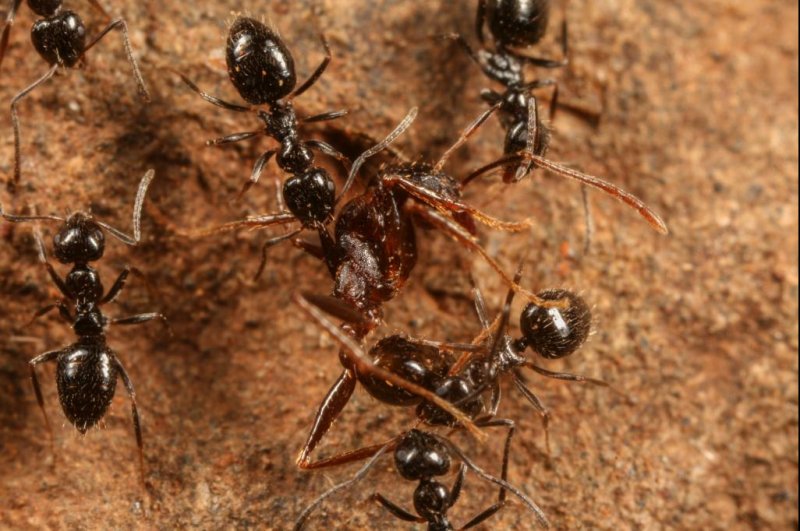Scientists have observed signs of dominance among populations of a rather infamous ant species, Lepisiota canescens. The species has begun organizing into supercolonies in the ancient church forests of Ethiopia.
Only 20 species worldwide are known to form supercolonies. Supercolonies can include millions of nests and billions of worker ants.
Evidence of Lepisiota canescens supercolonies was discovered in forests owned by the Ethiopian Orthodox Tewahedo Church — one of only a few pre-colonial Christian denominations in Africa. Forests of varying size surround most Orthodox churches in Ethiopia. The majority of forests are isolated, an oasis of habitat surrounded by cleared fields and agricultural land.
Though not always, supercolonies are often perceived as a threat to biodiversity and a sign of degraded habitat. They can invade homes and other structures, as well as damage crops, and can cover thousands of miles. Scientifically, a supercolony is described as having no natural limits to its expanse.
In Ethiopia, researchers have observed the Lepisiota canescens supercolonies expanding beyond the perimeters of church forests. One supercolony was found stretching 24 miles.
In a new paper on their discovery, published this week in the journal Insectes Sociaux, scientists warn the newly dominant ant is a global threat.
“The species we found in Ethiopia may have a high potential of becoming a globally invasive species,” D. Magdalena Sorger, a post-doctoral researcher with the North Carolina Museum of Natural Sciences, warned in a news release. “Invasive species often travel with humans, so as tourism and global commerce to this region of Ethiopia continues to increase, so will the likelihood that the ants could hitch a ride, possibly in plant material or even in the luggage of tourists.”
“All it takes is one pregnant queen,” Sorger said. “That’s how fire ants started!”
































